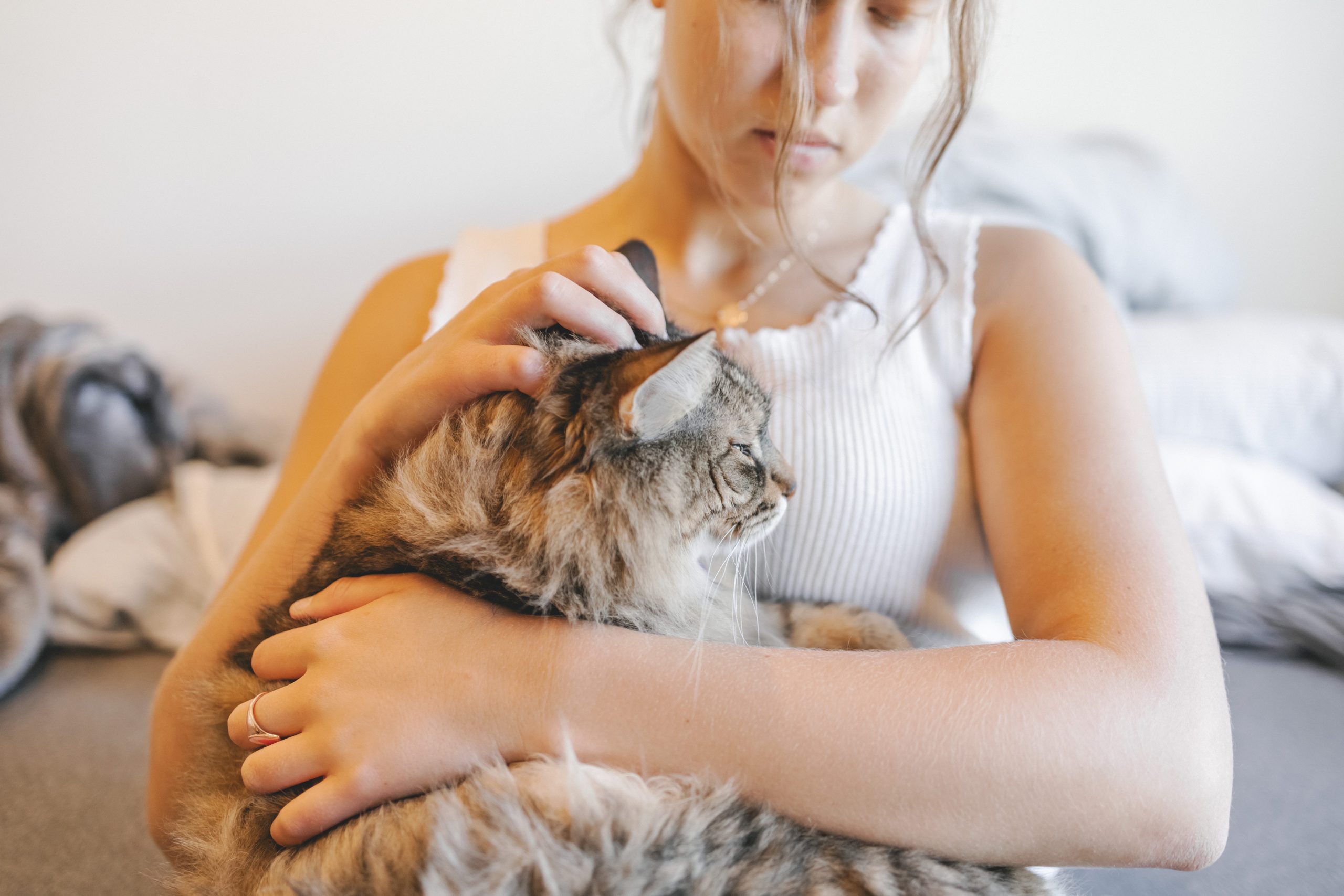The Tea
One of the most challenging aspects of being a pet owner is dealing with a constant communication barrier. Unfortunately, we’ll probably never be able to speak to our pets. That’s why learning about pet body language is crucial for developing better communication with your furry friend. If you can learn to interpret your pet’s behavior, you’ll be able to understand them better.
There are some universal signs that we think we understand, but believe us when we say that something as common as a tail wag means more than meets the eye. Below we will discuss 5 things most people don’t know about pet body language.
The Brew
By learning how to read pet body language, you can understand what they’re trying to tell you.
1. The Whale Eye
If your dog or cat is giving you the ‘whale eye’ – where their pupils are large and round, and they’re looking at you from the whites of their eyes – it’s a sign that they’re feeling threatened or uncomfortable. If this is accompanied by other signs of stress (like lip-licking, yawning, or flattening their ears), it’s best to give them some space.
Most people don’t know that the ‘whale eye’ is a sign of stress in pets, so they may miss the warning signs that their pet is feeling uncomfortable.
Knowing how to read pet body language is vital for keeping them happy and healthy. However, if you’re ever unsure about how your pet is feeling, it’s always best to err on the side of caution and consult a professional.
2. Dilated Pupils
When your pet’s pupils are dilated, it is essential to take note of their other body language cues to determine how they are feeling. If your pet’s pupils are dilated, and they are also wagging their tail and have a relaxed body posture, they are likely excited.
However, if your pet’s pupils are dilated and showing other signs of fear or aggression, such as a stiff body posture, flattened ears, or a growl, they may feel scared or threatened.
In either case, it is crucial to approach your pet calmly and slowly to avoid triggering any negative emotions.
3. Lip Licking/Smiling
This can be a sign that your pet is nervous or stressed. Lip licking is often thought to be a sign of submission, but it can also indicate other things.
If your pet is lip-licking and smiling, it might signify friendliness. However, if your pet is only lip-licking, it could signify that your pet is nervous or stressed. Taking note of your pet’s other body language cues is essential to better understand how they’re feeling if you witness lip licking.
4. Yawning And Scratching
Yawning is a sign of relaxation and contentment in dogs, but it can also be a sign that your dog is nervous or stressed. If your dog yawns when you approach him, it could be a sign that he’s uncomfortable with being approached by you.
Scratching is another way that dogs communicate their stress levels. If your dog is scratching himself excessively, it could be a sign that he’s feeling anxious or stressed.
5. Ears Up Vs. Ears Down
Dogs and cats use their ears to communicate how they are feeling. If a dog’s or cat’s ears are up, they’re alert and interested in what’s happening around them. On the other hand, if their ears are down, it usually signals that they’re relaxed and not feeling threatened.
6. Tail Wagging
Most people believe that a wagging tail always means a happy dog, but that’s not always the case. Instead, the tail wag’s direction can give clues about how your dog is feeling. For example, a slow wag with the tail held low usually signals the dog feeling scared or anxious. On the other hand, a tail that is wagged vigorously from side to side usually indicates a happy and excited dog.
7. Panting
Panting is another expected behavior that can signal both stress and happiness in dogs and cats. If your pet is panting heavily, it might indicate that they’re overheated or overexcited. However, if your pet is panting lightly and calmly, it’s usually a sign that they’re happy and content.
The Pour
Paying attention to the context in which your pet is exhibiting certain behaviors will help you better understand what they’re trying to communicate. With patience and practice, you can learn how to almost perfectly understand pet body language.






















0 Comments for “5 Things Most People Don’t Know About Pet Body Language: How to Interpret Your Pet’s Behavior”